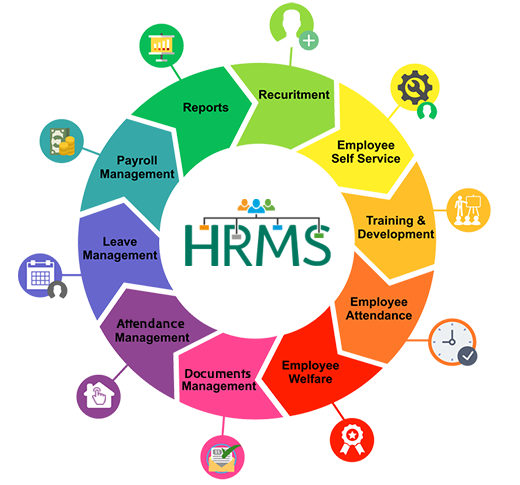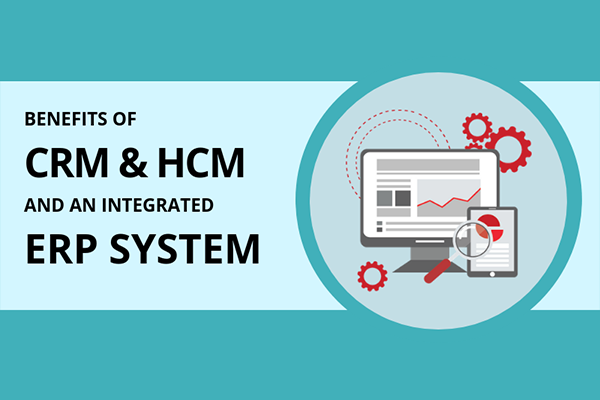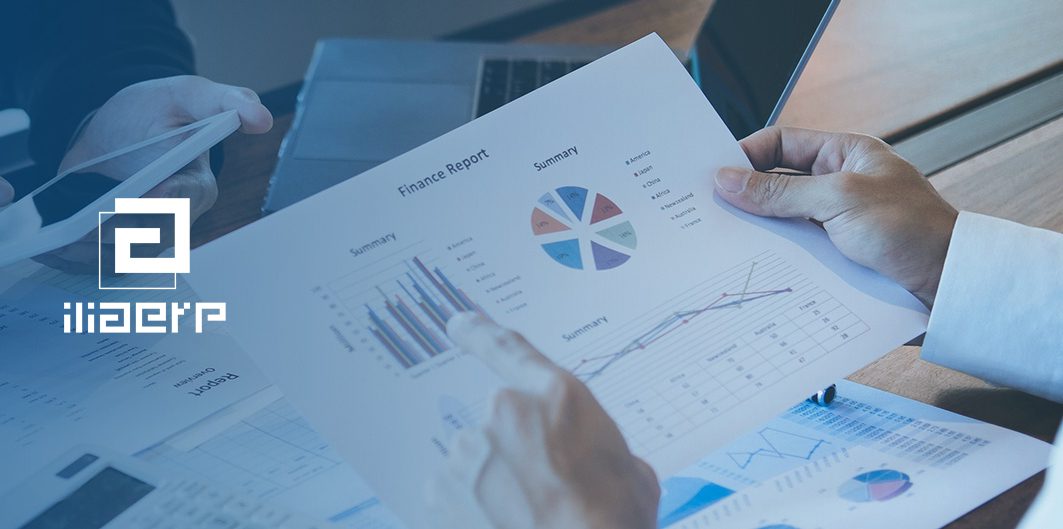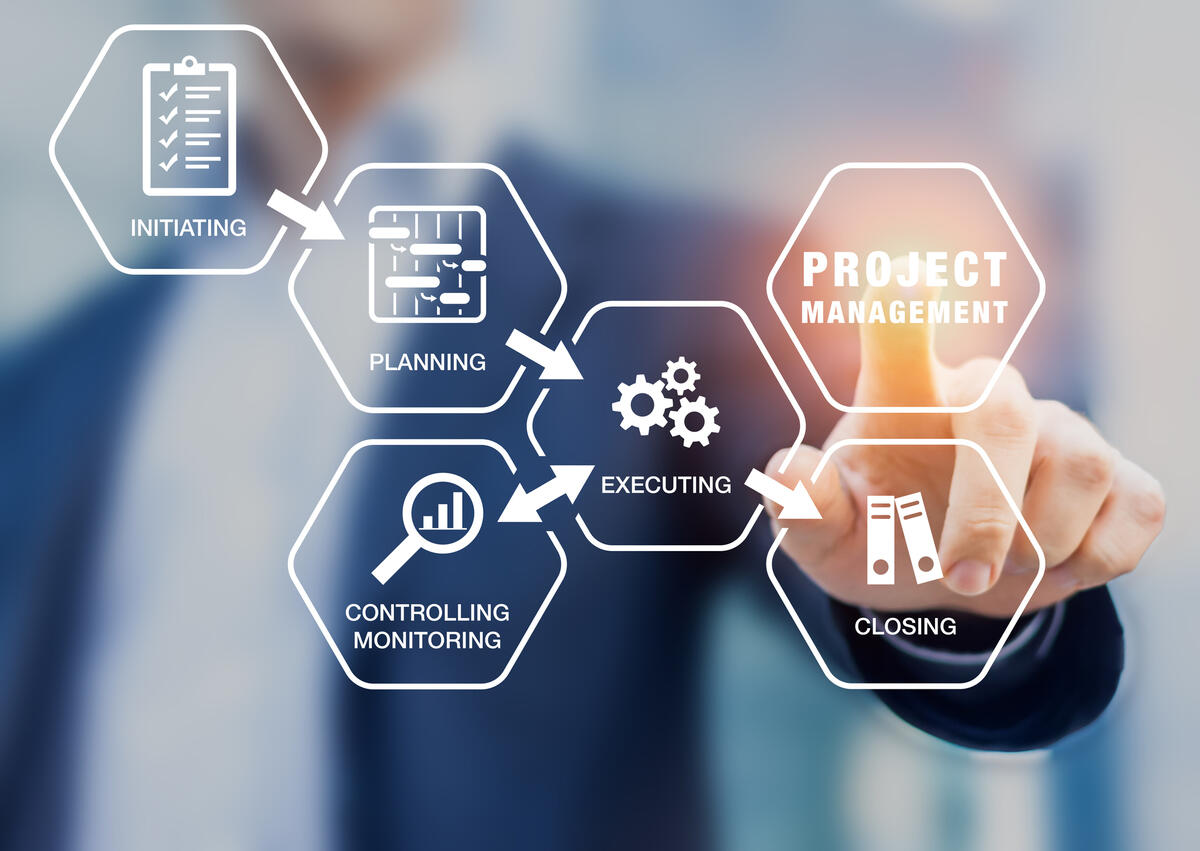What is Human Capital Management (HCM)?
In essence, human capital management (HCM) transforms the traditional administrative functions of human resources, recruiting, training, payroll, compensation, and performance management into opportunities to create engagement, productivity, and business value. HCM sees workforce as more than just the cost of doing work. An organization’s human resources are a core business asset whose value can be maximized through strategic investment and management, just like any other asset.
Definition of human capital management
The term HCM can refer to both a business strategy and the set of modern IT programs and other technologies used to implement that strategy. Although sometimes used interchangeably, the terms HR, HRMS, and HRIS have subtle differences. The explosive growth in e-commerce has made it an increasingly valuable and even essential tool.
HR:
It refers to the set of traditional personnel management functions that include recruiting, job and position management, global HR compliance, and reporting.
HCM:
It includes the same processes, but also includes workforce compensation and talent and workforce management.
Talent Management:
It refers to the strategic management of talent throughout the talent lifecycle. This includes sourcing and recruiting volunteers, goal and performance management, learning and career development, talent screening and succession management.
Labor Compensation:
All HR functions that manage monetary or non-monetary rewards, including compensation, benefits, or salaries.
Workforce Management:
It includes all human capital functions related to positive and negative time management, including time and work management and absenteeism.
HRMS:
It refers to the set of applications and other technologies that automatically support human capital processes throughout the employee lifecycle. Note: While the terms HCM and HRMS are often used synonymously, HCM places special emphasis on a strategic approach to employee management.
HRIS:
It was said to register the records of administrative employees. Now the term HRMS has largely replaced the above. In practice, HRMS and HRIS are actually interchangeable terms.

History of Human Capital Management Systems
The term “human capital” was first coined in the 1950s and 60s as computers accelerated the automation that had ushered in the Industrial Age. Economists and businessmen see employees not as interchangeable units performing routine tasks. Rather, they were seen as knowledge workers with specific skills and talents that could boost business growth.
Not surprisingly, with the rise of the Internet in the late 1990s, the term regained popularity. New solutions were rapidly automating a whole new set of business processes. While the Internet changed the way employers and managers work and cooperate. All of these changes meant that workforce leaders had to change how they attract and retain talent across an evolving set of job roles. This decade can be called the golden age of HCM.
New digital technologies enable human capital leaders to experience a personalized employee engagement within the organization and under global standards. At the same time, emerging technologies, such as data automation, predictive analytics, and artificial intelligence (AI), have added new innovations to understanding, managing, creating, and engaging the workforce, and HR leaders have an entirely new set of tools that can help value the workforce. Maximize your work, from smart social media recruiting and personalization retention to compensation.
What is cloud human capital management system? (Cloud HCM)
Cloud and software-as-a-service SaaS models are quickly becoming new but popular in HCM technologies. The cloud approach increases the speed of deployment, transforms variable capital costs into fixed and transparent operational costs, reduces IT costs, and creates agility in the organization by accelerating and simplifying upgrade paths. Although there are many SaaS HCM providers, they are not all the same. In evaluating vendors and solutions, organizations must ask key questions as they consider not only what HCM capabilities they want today, but what they will need in the future.
- Will the service provider be around for the long term?
- Does the provider invest in innovation?
- Can the service provider secure highly sensitive employee data?
- Can the provider keep data in specific locations in the country for legal reasons?
- Can you decide on the path and timing of your upgrade?
- Will you be able to integrate HR processes with ERP, CRM and other business processes quickly and easily?
The future of HCM
It is clear that technology is constantly changing the world of work as we know it. New technologies are changing business strategies, eliminating certain job roles and creating new job opportunities. But while traditional hierarchical structures are changing, the workforce is also becoming more flat and agile networks of teams, more mobile, global and diverse.
HCM is also evolving rapidly. In the future, we expect to see faster adoption of well-known technologies such as SaaS and mobile, as well as advanced technologies from machine learning to artificial intelligence. Mobile phone empowers human capital as well as workers and managers increase engagement and productivity using mobile apps. Chatbots also serve your organization with faster and more efficient responses.
AI gives you something that is not humanly possible, like quickly mining thousands of resumes and data points to find the right candidates.
Key benefits of a powerful HCM solution:
Attracting and retaining talent
Increase the speed and quality of hiring by quickly sourcing and recruiting the right employees. You can increase work-life engagement, which helps motivate employees and provide a superior employee experience. Also, retain and nurture talent by providing opportunities for learning and professional growth.
Optimizing labor costs
By using the appropriate human capital management system, you can distinguish the additional costs from the profitable costs by allocating a suitable combination of monetary and non-monetary rewards, plan time and labor and manage the related costs, the costs of special projects and other costs. Maintain and create a pay-for-performance culture.
Agility in response to change
With the right human capital management system in place, you can align people strategy with business strategy, predict workforce attrition with powerful insights, quickly adjust your workforce to organizational change, and process human capital to meet unique needs.
The main components of a human capital management system:
- Human Capital
- Employee life cycle
- Strategic human resources
- Delivery of human resources services
- Interaction with employees

Focus HCM software
Focus human capital management software is designed for all small, medium and large organizations. This software has an interactive user interface that can be easily adjusted to perform all the human capital affairs of your organization. All the human capital affairs of your organization, from the presence and performance of personnel to recruitment and processing, are done on your data by this software. It should also be noted that this software can be run on a cloud platform, which can be done at the request of your organization.
Features and powerful functions of HCM Focus software
Employment information:
Includes a complete list of employee information
Recruitment:
Automatic force absorption process to speed up the absorption process
Records management:
Document storage with all employee details (address, social security number, marital status, etc.)
Payments and taxes:
Automatic salary calculation based on employee designation, job description, working hours, etc.
Financial Management:
Management and supervision of employee salary payments to ensure timely payment to employees
Reports and analysis:
Interactive dashboard with several filters to generate reports in required formats
Time and attendance management:
Automatically track attendance, schedule employee shifts and work hours
Accounting:
Control of all operational costs
Management:
- Loans given to human capital
- Complete loan in the system from the time of application, approval, payment, repayment and settlement
- Documents and guarantee papers for paid loans
Special services for employees:
In this system, special welfare services are provided for personnel to use the system in the form of ESS module:
- Registration of vacation requests, training courses, etc. in the personnel dashboard
- Show educational calendar
- Personnel self-evaluation system
- Receive pay stubs
- Ability to create annual and up-to-date reports
Welfare services of human resources:
- Creating letters, alerts and other communication items of the organization
- Allocation of property to personnel
- Registration of direct personnel costs in the integrated financial system
- Integration with Outlook software for alerts, notifications and meetings
- User settings and confirmations by email



